Talk Overview
In his first talk, Dr. Tom Rapoport explains that eukaryotic cells contain many membrane-bound organelles each of which has a characteristic shape and distinctive functions that are determined by specific proteins. Most proteins are made in the cytosol but must move to different cellular destinations. Signal sequences on the proteins act as “zip codes” and direct protein sorting. Many proteins sort first to the endoplasmic reticulum (ER) before moving to other intracellular organelles or the plasma membrane. Rapoport explains that the Sec 61 channel in the ER membrane is key to protein sorting. Solving the structure of Sec 61 allowed Rapoport’s lab to understand how proteins are transported across the ER membrane and directed to their final destination.
The ER is a vast network that includes different domains with different functions. The rough ER is made of ribosome covered membrane sheets and is involved in protein translation. The smooth ER consists of tubules and is important for lipid synthesis and Ca2+ transport. In his second talk, Rapoport explains how his lab identified several families of proteins needed to generate and maintain a tubular ER network. Using ultra-thin section microscopy, Rapoport and others also showed that stacked ER sheets are held together by helicoidal membrane connections that form a “parking-garage” like structure.
Speaker Bio
Tom Rapoport
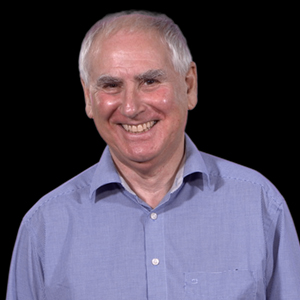
Dr. Tom Rapoport has been a Professor of Cell Biology at Harvard Medical School since 1995 and a Howard Hughes Medical Institute Investigator since 1997. Prior to joining Harvard, Rapoport was a Professor at the Institute for Molecular Biology in East Berlin, which later became the Max-Delbrück Institute for Molecular Medicine. Rapoport received his PhD… Continue Reading
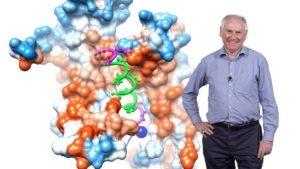
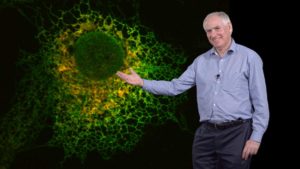
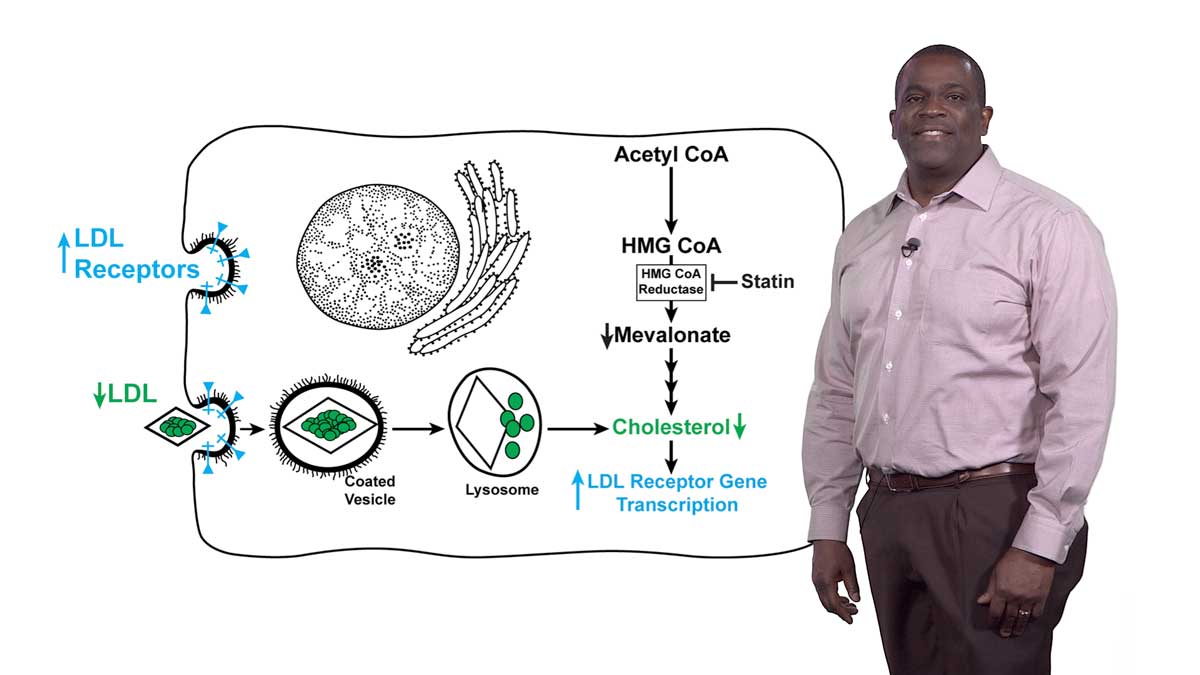
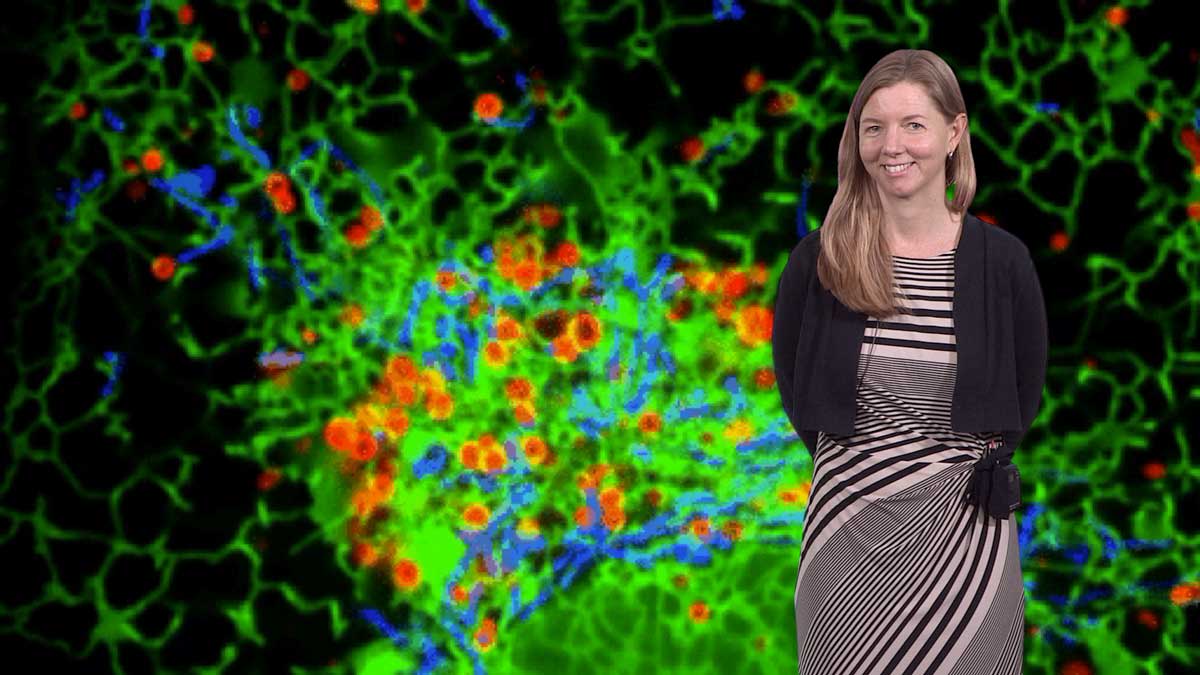
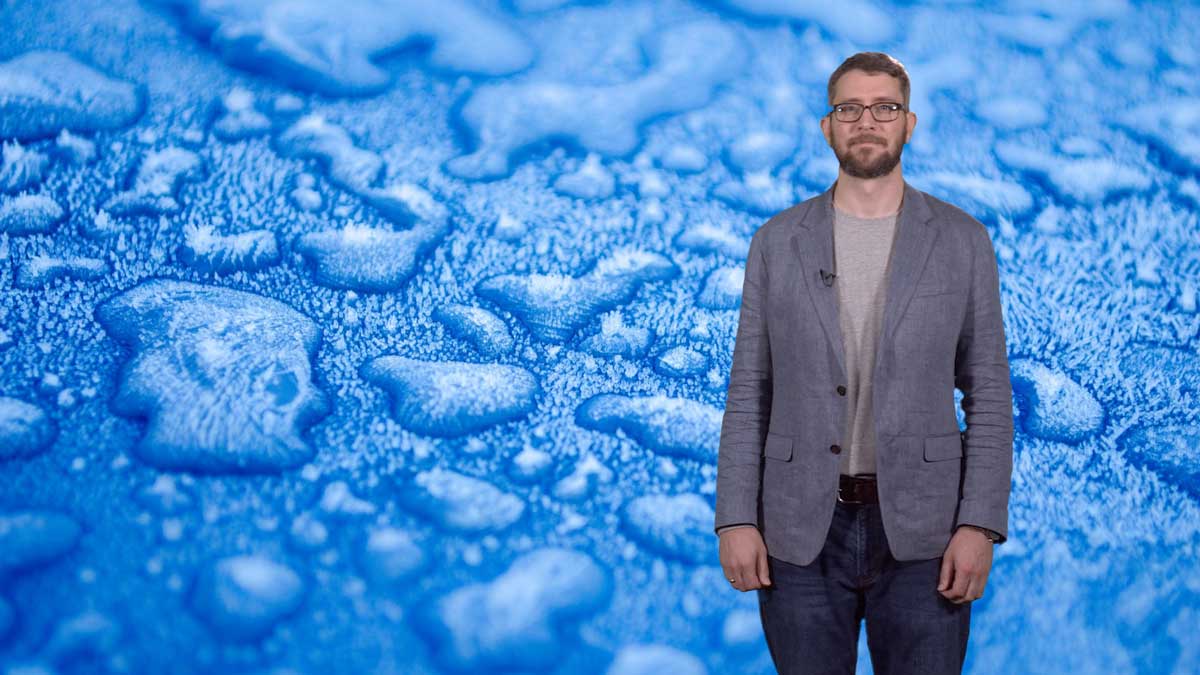
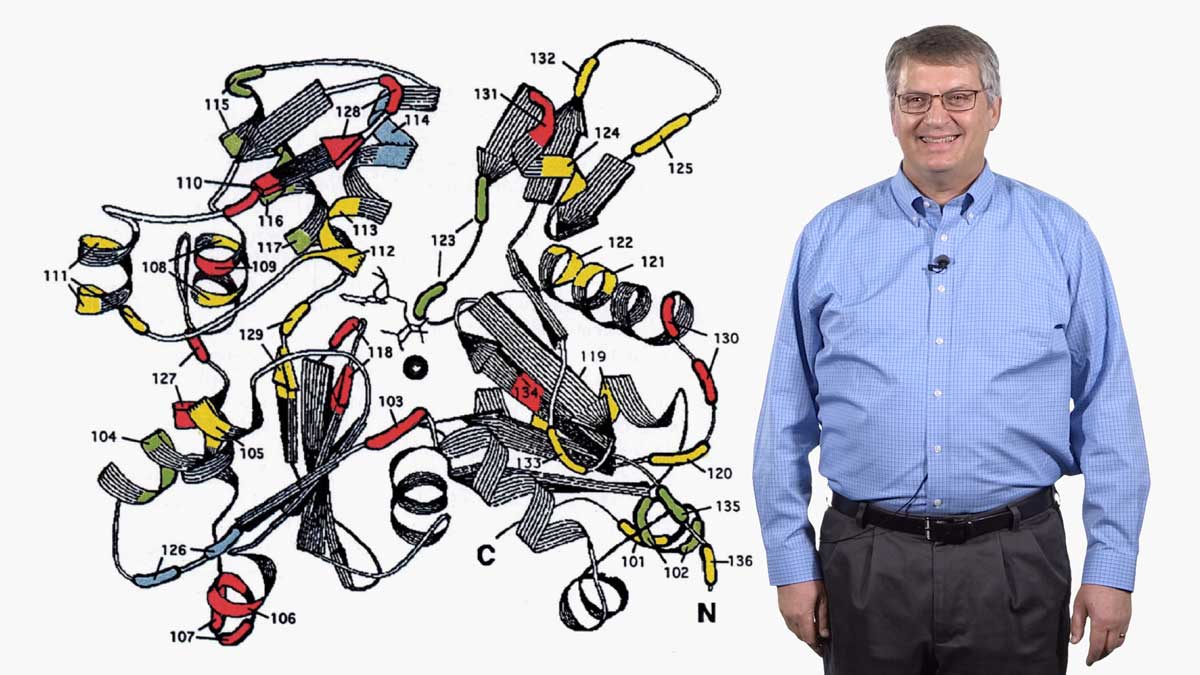





Leave a Reply